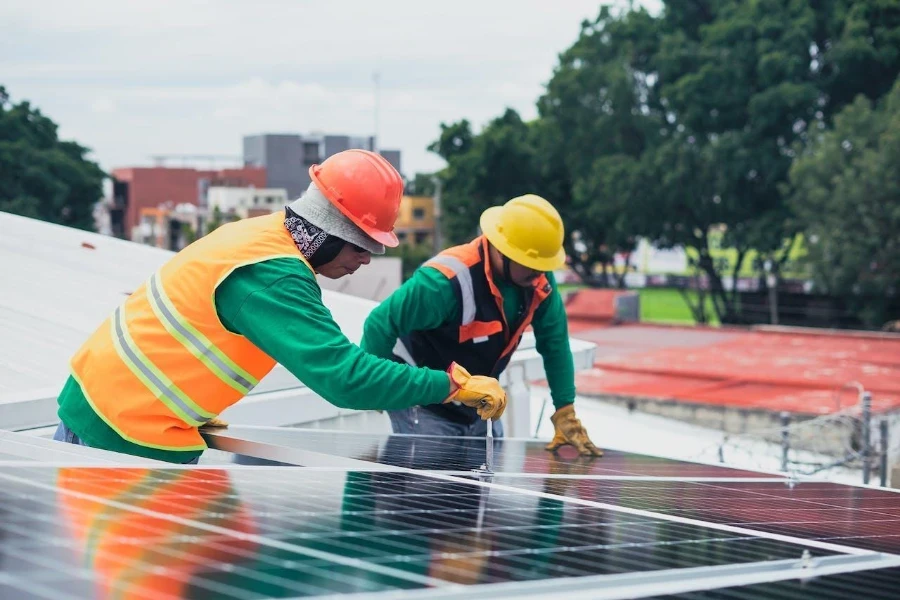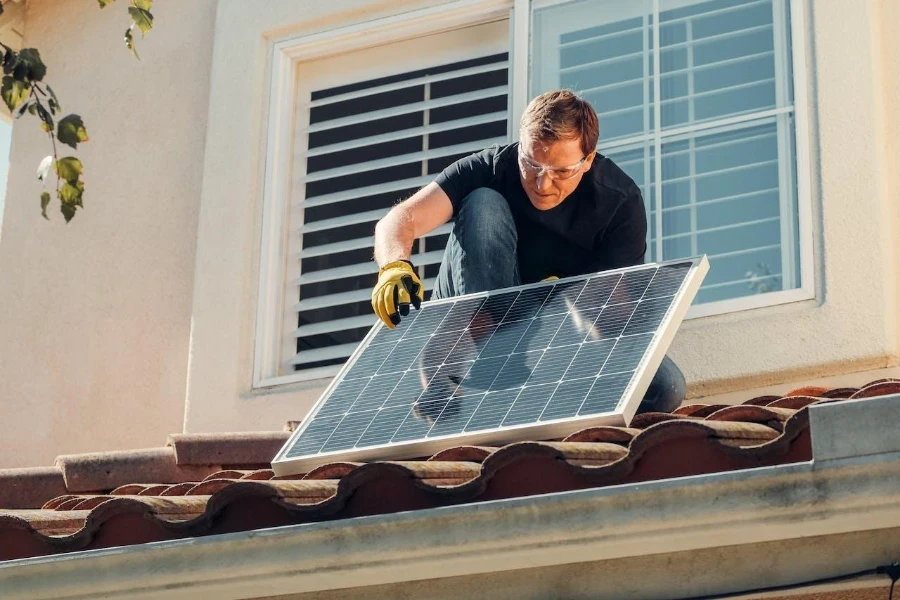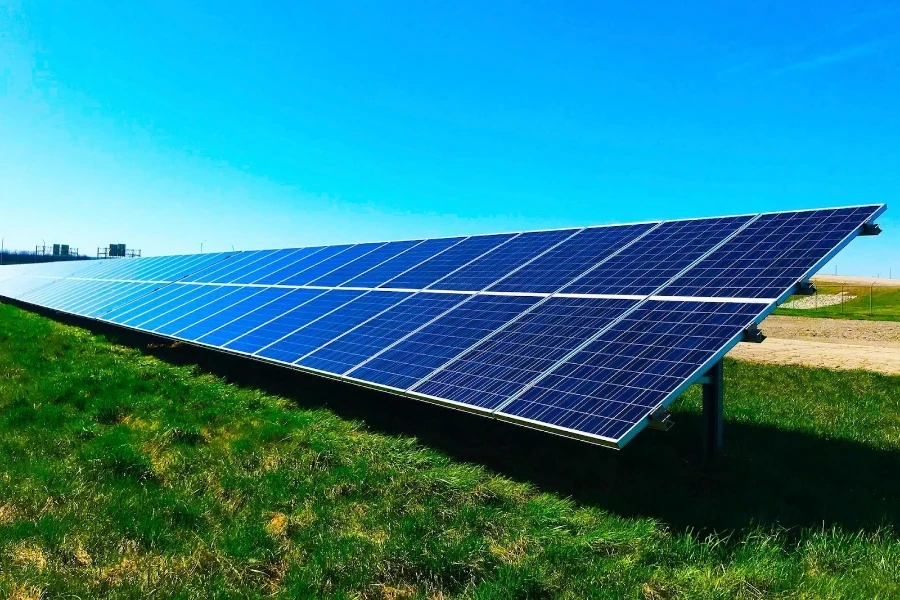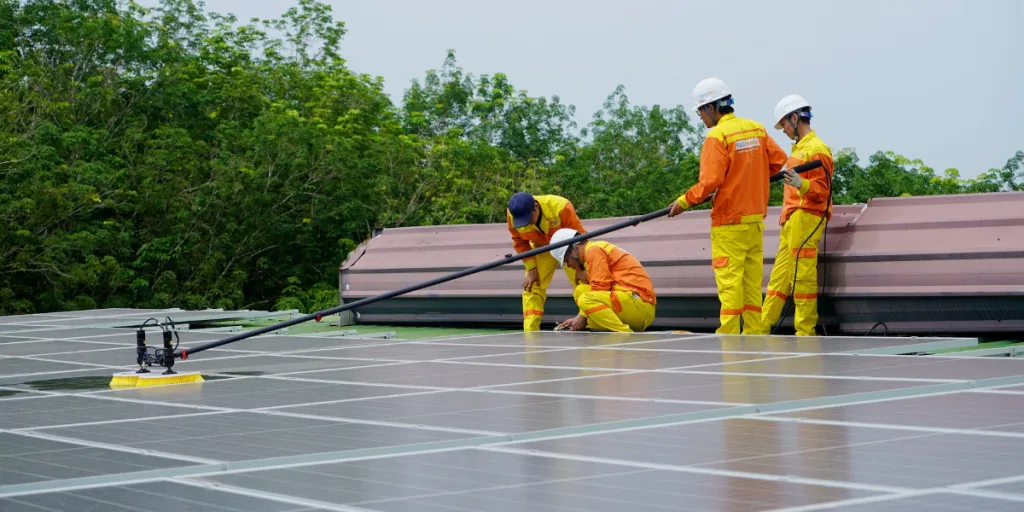Solar panels can be highly durable, and some of the top solar installation companies are able to offer their clients performance warranties lasting 25 to 30 years. That said, it is very important for clients to know the proper maintenance procedures for solar panel systems.
In this article, we’ll offer a guide on how to maintain your solar panels, including how to determine when they need maintenance, common causes of solar panel damage, the cost of solar panel maintenance, and general information on solar panel warranties.
This should help both solar panel retailers and users stay abreast of best practices to ensure investments in solar are well maintained and the solar panels continue to deliver clean power that is efficient and reliable.
Table of Contents
How frequently should solar panels be maintained?
How to determine when solar panels need maintenance
Common solar panel damage causes
The cost of solar panel maintenance
Solar panel warranties
Investing in solar
How frequently should solar panels be maintained?

Solar power systems can be highly reliable, and when they receive proper maintenance and service, they can operate without major problems for over 25 years. Even with that level of durability, it is recommended for users to undertake an annual or biannual inspection of their solar systems in order to ensure proper operation and cleanliness of the panels for optimal performance and to identify any potential issues before they escalate into significant problems.
Some key factors to consider when determining how frequently solar panels should be maintained are the slope of the panels and the quantity of dust and rain that may fall on them. When it comes to general cleaning of the panels, solar panel manufacturers advise between two and four times per year.
How to determine when solar panels need maintenance
A good place to start when determining when solar panels need maintenance is by examining the energy output of the solar system to determine whether or not it is producing an amount of power that is within the expected margins.
To ensure that this process of monitoring is done seamlessly and efficiently, users can use a solar production tracker. These devices are able to easily identify inconsistencies by comparing the energy production of comparable periods in previous years to establish whether or not there has been a shift in output.
Another way of gaining more insight on solar panel performance is for the user to look at their electricity bill. Users should contact their solar service providers if there is a substantial change in the amount of electricity their homes are now drawing from the grid.
Solar panels produced by some manufacturers come equipped with indicator lights. These lights help alert users of the status of the solar panels. For instance, if the panels are functioning properly, a green light may be displayed; however, if there is an issue, the indicator may flash or change color.
Common solar panel damage causes

Although solar panels tend not to present significant problems in terms of repair and maintenance, some unforeseen circumstances may occasionally arise. Below are some common causes of solar panel damage that both users and retailers should be aware of:
Extreme weather and freak accidents
Solar panels are built with a thick layer of tempered glass that can offer protection against severe impacts. This allows many solar panels to be able to withstand the conditions of most storms, including strong hail and heavy winds. That said, there may be accidents and severe weather conditions that occur, resulting in solar panel damage that necessitates repair and maintenance.
Arc faults
Arc faults occur when excessive electrical discharge takes place between conductors. This may generate heat that can cause damage to the wires connected to the solar panel, as well as other complications with the electrical equipment.
The good news is that most solar inverters are equipped with arc fault protection, so in the event that such inverters detect a potential arc fault, they will enter their fault mode and disable the system to prevent further damage. Users can then identify the problem and resolve it via the display.
Ground-fault circuit interruption
Solar power systems are also vulnerable to electrical accidents, such as ground-fault circuit interruptions. This occurs when electrical current deviates from its intended path and flows to the ground as a result of either panel breakage, wire damage (caused by animals such as squirrels), or moisture found in the junction box.
A ground-fault circuit interruption will trigger the solar inverter to shut down, and the user will be notified of this via the display. If this happens, the user should contact the solar service provider for further investigation.
The cost of solar panel maintenance

It is difficult to provide a universally applicable cost for solar maintenance as the cost depends on multiple factors that include, but are not limited to, the solar system configuration, location, equipment manufacturer, inverter type, panel condition, roof slope, house height, and surrounding environment.
With that considered, one can expect to pay between US$ 250 and US$ 750 for a routine solar service or maintenance visit. Solar maintenance companies have different cost models, as some will charge a fixed rate for the visit while others will charge per panel. This can range between US$ 15 and US$ 35 per panel.
A study conducted by the US National Renewable Energy Laboratory (NREL) shows that, for operation and maintenance, residential solar systems incur an annual cost of around US$ 31 per kilowatt (kW) of their installed capacity. This indicates that the estimated yearly operating and maintenance costs for a 6 kW system can be less than US$ 200.
For annual solar inspections, users can generally expect to pay anything from US$ 150–300. In the event that the inspection reveals the need to replace or repair panels, inverters, wiring, or components that are malfunctioning or damaged, the solar maintenance company will typically provide an estimate for those services at the end of the inspection.
Solar panel warranties

When considering the cost of solar panel maintenance, it is important to look at solar panel warranties as well, as these may help users cover some maintenance costs through performance guarantees.
Solar panel manufacturers and installation companies offer a range of warranties that serve to guarantee coverage and support in the event that issues arise due to unforeseen circumstances, such as tree branches falling or severe hailstorms. Here are some of the most common warranties:
- Performance warranty (or power output warranty): This warranty guarantees that the performance of the panel will remain at or above a predetermined level throughout the typical 25-year duration of the warranty. For example, a manufacturer may offer a 25-year warranty that ensures that the peak power output will not fall below 85%.
- Workmanship warranty: This warranty typically comes with the solar panels for the first five years of operation, guaranteeing that the solar system’s design, assembly, and installation were all done correctly.
It is essential to secure a reliable warranty when investing in a solar system, as this helps to minimize maintenance costs and ensure efficient generation of solar energy throughout the usage period.
Investing in solar

Solar panels require service or maintenance on occasion to ensure optimal performance of solar power systems. Users can proactively take measures to ensure that they safeguard their solar investments, including conducting annual or biannual maintenance and service, doing regular cleaning, using solar production trackers to monitor output, and securing reliable performance and workmanship warranties from the manufacturer or installation company.
If you’re looking for a residential solar panel manufacturer, visit Alibaba.com to see the range of product offerings available. You’ll be able to search a vast directory of suppliers to find one with the performance and workmanship guarantees you require.




